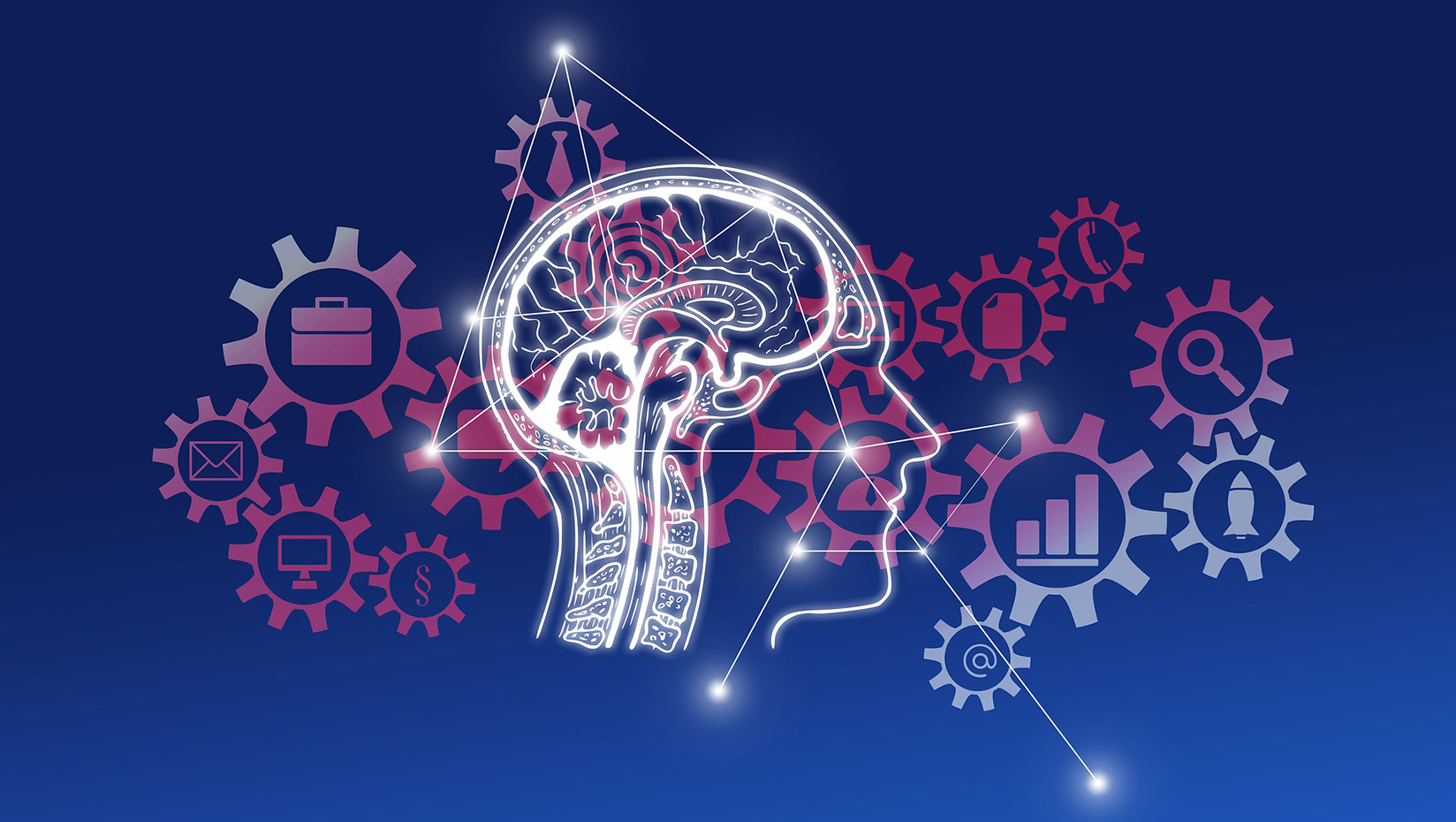
Advanced Research Computing connects UMaine Artificial Intelligence research to supercomputing resources
When you think of Artificial Intelligence (AI), what is the first thing you imagine? A computer learning to out-think humans? Machines rising up to overthrow their human overlords? Or do you consider your car’s automatic alert system, booking your plane tickets through a virtual travel agent, or communicating through your cell phone’s smart assistant?
According to Dr. Salimeh Yasaei Sekeh, an Assistant Professor of Computer Science at the University of Maine, it’s not uncommon for many people to mistake AI as a technology of the future, when in reality, we have already integrated AI into our everyday lives, in ways that are incredibly helpful.
“When you have a modern life, you need modern techniques,” Sekeh explains. “You have modern problems you need to be able to overcome, and that is the type of research that I am interested in.”
Whenever Sekeh works on an algorithm, a set of rules you apply to a computer, she has a real-world application in mind. Most recently, Sekeh and her lab tested an algorithm they had created for the fast and efficient classification of large collections of data. Sekeh uses the labeling and classification of a large database of images as an example.
“The algorithm is meant to classify and label this data based on existing test data,” says Sekeh. In other words, the algorithm is meant to help a computer learn a variety of standards from a sample collection of images and then use that information to recognize different subsets of images and correctly classify them. “Any real-world problem that deals with predicting classes or labels could benefit from this type of work. Consider the implications for climate change research, ecosystems research… the list goes on and on.”
But how exactly can an algorithm help a computer sort through such large databases, especially when they’re made up of something as complex as images, and classify individual aspects correctly? The answer is a technique known as “deep learning.”
Deep learning is a subset of AI machine learning methods that utilizes artificial neural networks (algorithms inspired by the human brain) that are designed to recognize patterns in data that are unstructured or unlabeled. Simply put, it is a limited, yet complex, simulation of the human brain that can be used to help computers sort through massive amounts of data. Sekeh and her lab members utilized this technique and hoped to test just how capable their algorithm was for completing such a large task, unsupervised.
The problem with such a test is that not every computer is capable of running through such large amounts of data. In fact, most computers aren’t. It takes supercomputers, made specifically with high levels of performance in mind. Finding such computers, and the money or other resources required to utilize them, is often a barrier to research like Sekeh’s. It seemed as though her only option was to purchase her own high-end hardware in order to run the experiment. However, Sekeh was interested in the possibility of accessing cloud-based resources for the task, and she contacted the University of Maine Advanced Research Computing, who offered their expertise and assistance to Sekeh’s lab.
ARC aims to support the university’s research mission by providing advanced high-performance computing expertise and services to researchers across the university and beyond. In this role, ARC has been working to provide timely, low-barrier, and cost-effective services to researchers such as Sekeh. Their services include connection to resources for not only AI research, but data storage and visualization as well as consultation, training, and grant-writing assistance.
“Feeling that you are supported is very important,” says Sekeh. “ARC was very helpful on this journey. They are quick at providing information, and if they don’t have an immediate answer, they will do their best to help you find a solution.”
ARC helped connect Sekeh with the Texas Advanced Computing Center (TACC) in Austin, which operates some of the world’s most advanced cloud computing resources. ARC was able to guide Sekeh’s lab through the process of reserving a time on a new cluster known as “Longhorn,” which is a super computer system capable of supporting complex workloads that require high GPU (graphics processing unit) density and deep learning. It was a perfect fit for the test of Sekeh’s algorithm.
They ran a large data set of different types of images (animals, objects, etc.), using their classification algorithm, hoping to identify any flaws and further improve it. Deep learning techniques are typically expensive in terms of time, especially when running through such large data sets. This was one aspect Sekeh’s lab proposed to improve through their models by compressing deep learning techniques and accelerating the run times.
“The problem is that some people believe that you lose accuracy when you speed a process up,” Sekeh explains. “The good thing is that this test ran successfully, without any loss of accuracy.”
Sekeh is excited about the implications of the test’s success, and is already working on new objectives for the algorithm. For example, she hopes to make the algorithm applicable to videos as well, which tend to be much larger file sizes.
This project is a part of UMaine’s AI initiative, which explores real-world applications for these innovations in AI research. ARC offers their services in computing and data storage to a wide variety of other disciplinary areas, in addition to the AI field, and may be reached by e-mail (um.arc@maine.edu) with any questions.
